Quality at the EPO: staff and industry concerns not addressed
January 28, 2024
The Central Staff Committee (CSC) of the European Patent Office has published a paper on the activities of the Industry Patent Quality Charter, titled ‘50 years EPC - The EPO ignoring the skilled person’.
The Industry Patent Quality Charter (IPQC) was started by Beat Weibel, chief IP Counsel at Siemens, in October 2022 out of concern of deteriorating patent quality at the European Patent Office. Among its signatories are major patent applicants to the EPO in recent years, such as Deutsche Telekom, Hoffmann-La Roche, HP, Ericsson, Nokia, Procter & Gamble, Syngenta and Qualcomm.

‘In view of the decreasing quality of prior art searching and examination of the EPO, the IPQC members request improvements in the following topics:
- Complete searches
- Complete examination
- User feedback
- Training (of examiners)
- A transparent incentive system for examiners’
On the IPQC website, concrete proposals have been made to improve patent quality, and the signatories of the IPQC also commit themselves to prioritise patent quality. However, the CSC paper, which was published earlier this month, shows once more that neither staff nor the IPQC have had any success in convincing the EPO not to focus on efficiency, production, speed and timeliness, but on the quality of the granted patents instead. As the CSC paper explains: ‘After a few “discussions” with the IPQC, the EPO has decided in June 2023 to stop any direct dialogue with the signatories. Nevertheless, the IPQC remains very active.’
What goes wrong at the EPO, in the view of staff and IPQC?
Among others, the CSC paper refers to this blog article, titled ‘Productivity vs Quality at the EPO: A rare glimpse behind the curtain that’s worrying’. It quotes from internal mails, which show how much the focus of the management is on production: ‘So yesterday I’ve informed the TMs [team manager] that the situation will have to improve, very soon. Not because production is the only thing that counts, it’s because production is the only thing that guarantees our payslip on the 26th of every month.’
The paper quotes from other media publications as well, including an interview with Beat Weibel on this blog, in which he talks about the impact of low quality patents on startups and big companies: ‘Instead of focusing on protecting their own innovations, they are mainly absorbed to do Freedom to Operate analysis of the masses of granted patents that are invalid or too broad […] It could very well be that a project is not executed because an analysis of the field shows a landscape of thousands of patents. Then the management thinks: we’re not going there because that’s already blocked. But if these patents are all invalid, then this really harms the company’.
Interesting, as well, is the reported criticism of anti-corruption organization Transparency International. In the Stuttgarter Zeitung, the Bavarian head of Transparency International Michael Heisel's said: “We see structural problems at the EPA that make corruption easier.” According to the Stuttgarter Zeitung, an ‘element of this is the EPO Administrative Council, in which 39 European countries are represented and which is supposed to control the administration of the office. But Heisel warns that this is called into question due to a conflict of interest. On the one hand, the office takes over the patent examination for many countries. On the other hand, the states receive a share of the Office's revenue for patents granted. “The supervisory board, the board of directors, is not independent of the person being controlled, that cannot go well,” criticizes Heisel.’
The CSC paper concludes:
‘Over the last decade, the staff representation has continuously reported that the ever-increasing productivity targets and the New Career System did not create the conditions for staff to focus on quality. EPO management did not listen and kept the staff representation away from any discussion on substantive patent quality.
Since 2022, major industry players express their concerns. They bring arguments, data and propose working groups. Instead, the EPO opposes denial, publishes press releases not reflecting discussions and closes its door. One would expect the industry to be better treated than staff and their representation. It is remarkably not the case.
When performing an inventive step analysis of a patent application, EPO examiners take into account the general knowledge of the “skilled person” working in the corresponding technical field, especially from the industry.
If EPO management does not listen to the “skilled person”, to whom will they listen?’
You may also like








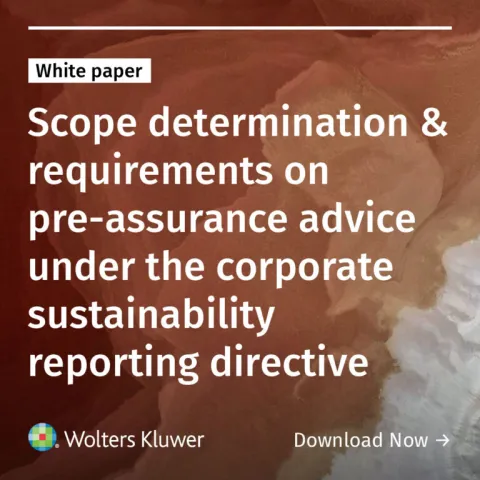
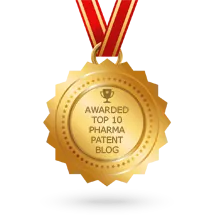
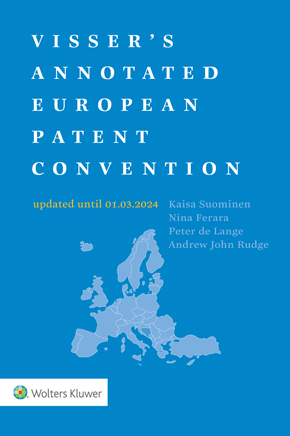
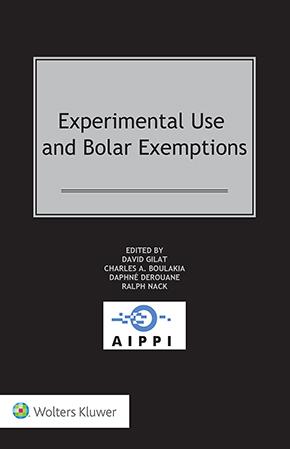

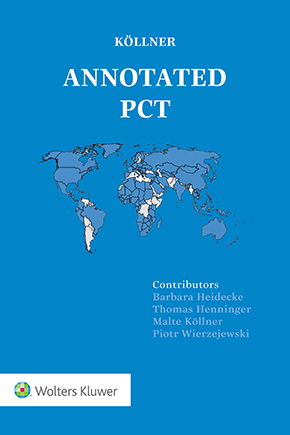

Filip Martens
The people deciding are the ones receving money from the system, how can that be?
Concerned observer
I fully share the concerns voiced by Transparency International. It is true that the lack of independent governance at the EPO cannot go well. However, there is also ample evidence of it not going well. The proposal for very substantial hikes in 3rd and 4th year renewal fees are a case in point, as that was made by the EPO in the absence of any attempt to demonstrate that such increases were required in order to ensure it met the only relevant legal requirement, namely producing a balanced budget. And yet the AC rubber-stamped those proposals, seemingly without so much as a murmur of dissent or requests for further information. With the AC demonstrating such a lack of professional curiosity, how can the patent profession and the general public be confident that there is nothing untoward going on behind the scenes? I mean, what does the EPO really intend to do with all of those extra funds that it will accumulate as a result of the fee increases? Add them to its already over-inflated annual surplus?
Caballero
Efficiency, production, speed and timeliness on the one side and quality of the granted patents on the other. you need both. If production is what get's the examiners paid you cannot have quality without it.
DXThomas
I can only concur with the conclusions of the CSC. On another blog, I published the results of the analysis of 1171 published decisions in 2023 of the boards of appeal following an appeal after opposition. As the boards of appeal are deciding in last instance on the validity of a granted patent, published decisions of the boards are the only benchmark available, unless one considers that decisions of the boards cannot be trusted. From those 1171 published decisions, 1051 where final decisions. Among those 1051 final decisions, 46.4% were revocations, 33,3 % maintenance in amended form and 20,3% rejections of the opposition. In 60% of the 1171 published decisions, the OD’s decision was set aside. Some figures stick out In 32,3% of the cases, the decision of maintenance of the OD was changed into revocation. In 16,7% of the cases, the decision of maintenance of the OD was confirmed but in a different form, in general more restricted, rarely broader. In 16,0% of the cases, the decision of rejection of the opposition of the OD was changed in revocation. In 7,5% of the cases, the decision of rejection of the opposition of the OD was changed in maintenance in amended form, i.e. more limited. In 7,5% of the cases, the decision of rejection of the opposition of the OD was changed in remittal for further prosecution. In 120 cases the board decided to remit for further prosecution. By doing so it also set aside the decision of the OD. Another interesting figure is that in 2023, only in 6% of the 1171 cases, opponents came with documents which were truly not available in the search files of the EPO. Those concern public prior uses, catalogues, oral disclosures at conferences, minutes of conferences or PhD dissertations. For the preceding years, the proportion was higher, 10%, but not fundamentally different. On the blog, there are some anonymous comments which can manifestly only emanate from the EPO. It has been alleged that, contrary to my figures, 60% of decisions of ODs are upheld. To come to this figure, any decision of an OD which is not appealed is considered upheld. As the EPO does not know the reasons why there was no appeal, this conclusion is quite daring, to say the least. In a system with two instances, when the second instance sets aside 60% of the decisions of the first instance, some conclusions have to be drawn. That boards can have a different position on a given topic is not at stake. A proportion of divergences of 20%, even 30%, appears acceptable, but not 60%. It was also claimed that 40% of appeals do not lead to a published decision, because the appeal was not validly filed (essentially no arguments, no fee paid). This as well cannot be true. In the absence of a statement of grounds of appeal, the board decides that the appeal is not admissible and publishes a corresponding decision. If no appeal fee is paid within the 9 months, then the appeal is not deemed filed and the appeal fee is to be reimbursed. Here again, the boards takes and publishes a decision. Decisions in which the appeal is not admissible or not deemed filed have not been taken into account in the 1171. It was also claimed that the number of cases I have studied (1171) might be “almost infinitesimal compared with the number of grants published (around 1%)”. On the other hand, if a granted patent does not resist a serious scrutiny when it appears important for parties, then it does not bode well for all the patents which are not scrutinised. As oppositions are not evenly distributed over all technical domains, they do not allow to make a direct assessment of the overall quality of the work delivered by the EPO, but represents nevertheless a good indicator. The technical areas in which oppositions occur has also changed over the years. Oppositions occur in competitive areas, either due to new emerging technologies or in which competitors want to keep or increase their slice of the market. In those areas, or for instance for SMEs, it is important to obtain patents with a very high presumption of validity. If patents which appear important for parties are not resisting oppositions very well, it allows to have doubts about the validity of patents which are not opposed. The above conclusions were communicated to the President and to VP1 before publication. No reaction came from the EPO before publication. After publication, only some anonymous comments have manifestly come from the EPO.